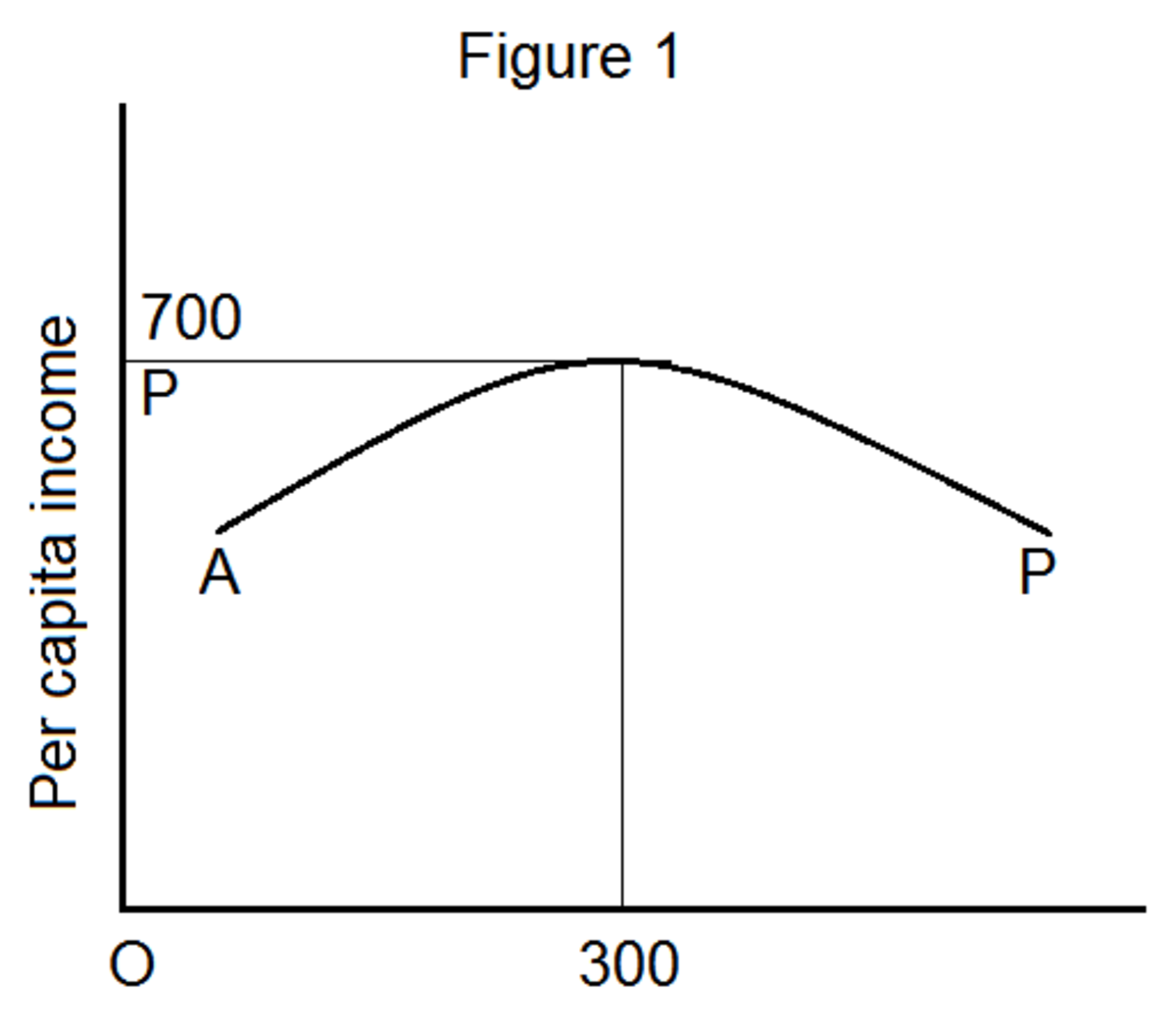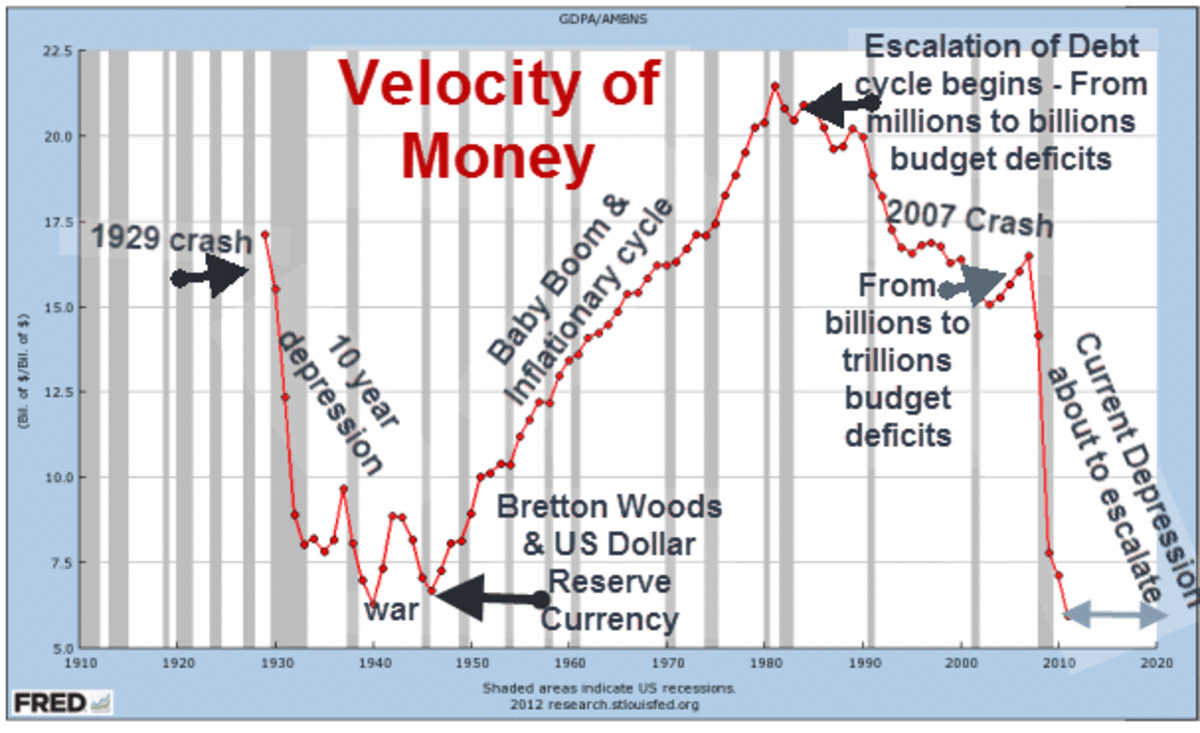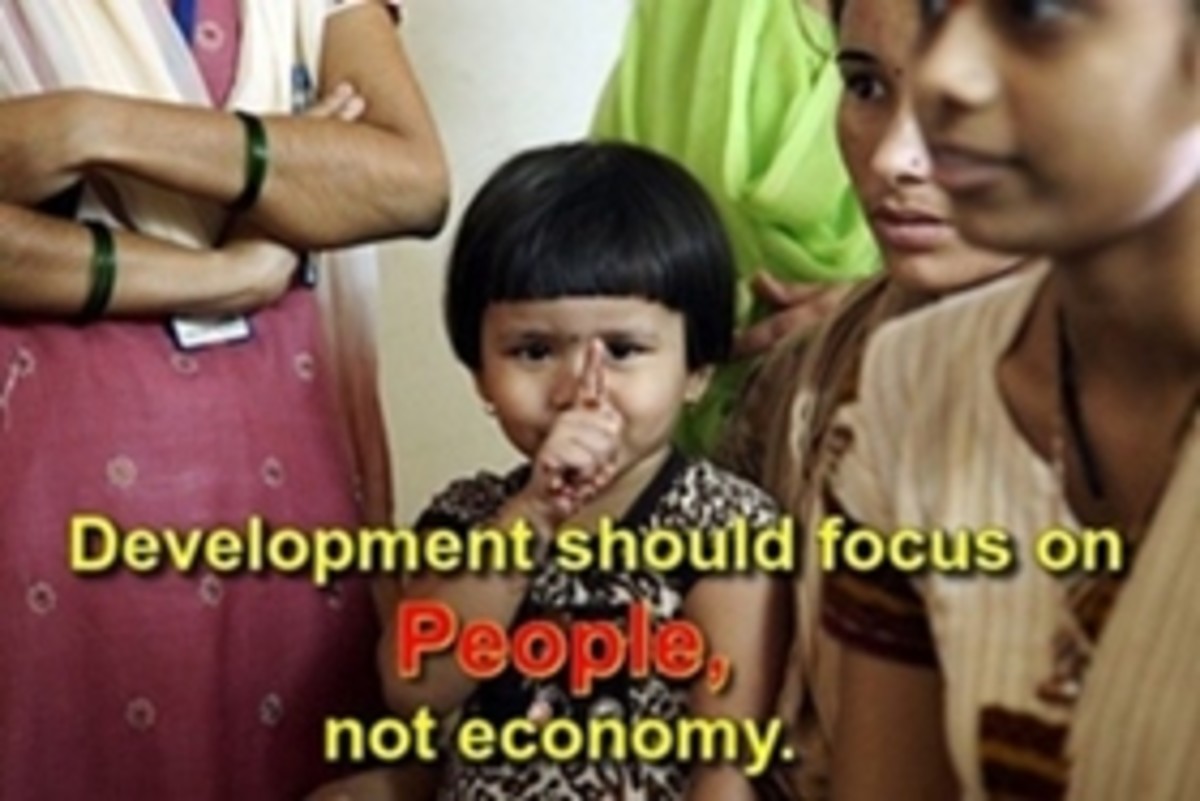Theory of Demographic Transition And Developmental Stages of Countries
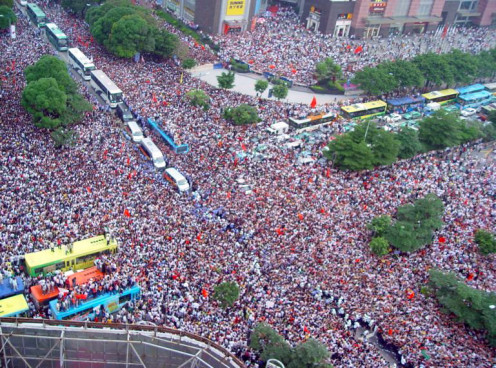
Introduction
Human beings are the greatest resource in the universe. They are using all other resources. So, the amount of population is very important to know the progress of humanity as well as the universal sustainability. ‘Demography’ is the science or the area of studying about population. Now, increasing of global population is a trend. Here the study of population growth is very important because it is very important for framing good plans and policies. The theory of demographic transition is an important concept which analyze the ratio between death rate and birth rate. This hub is aimed to give a brief explanation on ‘the theory of demographic transition’.
Three Stages of Demographic Transition
As mentioned above, demographic transition means the ratio between death and birth rates. According to the theory of demographic transition, there are three different stages in the growth of population transition correlated with the progress of a country. The three stages are,
i) High birth rate and high death rate in underdeveloped countries
ii) High birth rate and decreasing death rate
iii) Low birth rate and low death rate.
Each of these stages are very briefly explained below.
I ) High Birth Rate and High Death Rate in Underdeveloped Countries
The first stage of development is characterized by high birth rate and high death rate. This feature can be seen in underdeveloped economies. The growth rate of population will be lesser in this stage. Because higher birth rate will wipe out with higher death rate. This feature of population growth can be envisaged in underdeveloped economies like African countries and some Asian countries. The following are the major factors of higher birth rate and higher death rate.
a) Failure of establishing a better family plan
b) High reproductive capacity of people
c) Early marriages
d) Poor health care or medical system
e) Famine, low level of standard of living, spreading diseases etc.
II) High Birth Rate and Decreasing Death Rate
The second stage of demographic transition is characterized by high birth rate and declining or lower death rate. This feature can be widely seen in developing countries like India, Brazil etc. Here there is a possibility for population explosion and which may create threats. Because the country is not a developed one at the same time higher birth rate will tend to increase the population. So, it may badly affect the framing and the implementation of planning. When a country proceeds to development from underdeveloped condition, the living standard of people must improve. Following are the major reason for higher birth and declining death rate.
a) Improvement in the medical or health care system
b) Declining of spreading diseases
c) Improvement in the standard of living by benefiting better clothing, sanitation, water, food, shelter etc.
d) Availability of nutritious food items
e) Awareness among people about health problems etc
III ) Low Birth Rate and Low Death Rate
The third and final stage of development is characterized with low birth rate and low death rate. This feature of population can be see in developed countries like United States, United Kingdom, Canada etc. In this stage, public planning will be more effective. Here the population never creates much problems. But, some times deficiency in population may be a limitation. Because the resources will exceeds than the wants. Any way this stage is the ultimate aim of any country. Following are the major factors which may cause for the low birth and low death rate.
a) Better implementation of social programs or family plan
b) Developed health facilities and medical care
c) Improvements in the standard of living
d) Supply of all necessary commodities
e) Good political system in the country
f) Awareness among people against social injustice and other social issues etc.
In short the theory of demographic transition states that, it will take time to achieve development by passing through the three stages of population trends.
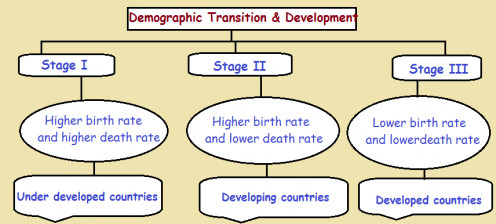
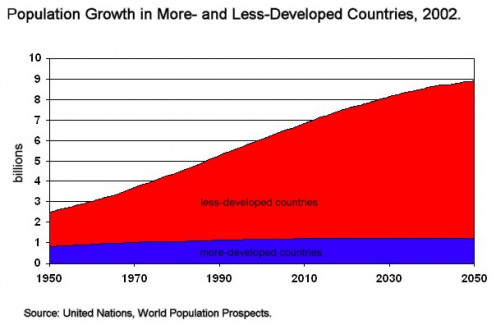
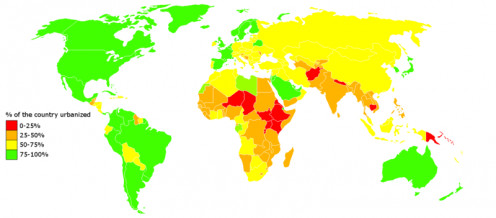
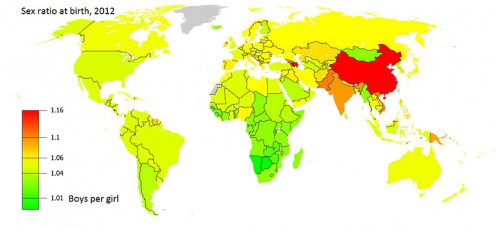
Some Important Concepts Related to Demographic Transition
So far the demographic theory is explained, it is the time to analyze some other related concepts, which we must consider for analyzing the progress of a country. Such different concepts will help us to understand the demographic trends as well as the problems of an economy in a profound way. So, following are the few important concepts related to demographic transition.
i) Population Growth Rate
Population growth rate is an important concept related to demography. Normally in developing countries the population growth rate will be higher. Because the developing countries are characterized with higher birth rate and declining death rate. In developed country, population growth rate will be in minimum. Similarly very lower growth rate of population will badly affect the economy by reducing its production capacity.
ii ) Sex Ratio
Sex ratio refers to the average number of women population per 1000 men population. In underdeveloped countries, the sex ratio may not favor to women. In developed countries the sex ratio will be higher because of the improvements of social factors like education, better health care system, elimination of inequality between men and women etc. On the other side smaller sex ratio may create many social evils and injustice.
iii ) Literacy Rate
Literacy rate is the most important factor which can use as a tool to measure the developmental progress of a country. in developed countries the literacy rate will be higher which denotes the improvements in the quality of people. On contrary, underdeveloped countries are highly suffering the problems of lower literacy rate. That may lead to many problems including social issues, economical issues, political issues etc. That is why experts always advice states to spend more money on education as a part of social welfare programs.
iv ) Life Expectancy
Life expectancy refers to the number of years of age expected to live at the time of birth by a person. In developed countries the life expectancy will be higher compared to the underdeveloped countries. This is because, developed countries will support its people with providing better health care system, education, sanitation etc. Which increase the living standard of people. On contrary people of underdeveloped countries are suffering the problems of poor health care system, unemployment, bad social structure etc. So, in short improvements in the social structure will enhance the quality of life and by life expectancy of the people.
v ) Infant Mortality Rate (IMR) and Maternal Mortality Rate (MMR)
Infant Mortality Rate (IMR) and Maternal Mortality Rate (MMR) are two factors which also highlights the developmental progress of a country. IMR means average number of death of babies (0 – 12 months) per thousand births. MMR means average number of deaths of women per thousand during their pregnancy. In developed countries both MMR and IMR will be smaller while both are higher in under developed countries.
Conclusion
The theory of demographic transition is a tool which help us to understand the population trend as well as the developmental progress of a country. there are many concepts also which support the study of demographic trends of a particular country. as mentioned above there are three stages disclosed in the theory of demographic transition. Each stages represents different economic nature. In short, the theory facilitate as a economic tool to study about a country and its future as well.
Conclusion
The theory of demographic transition is a tool which help us to understand the population trend as well as the developmental progress of a country. There are many concepts also which support the study of demographic trends of a particular country. As mentioned above, there are three stages disclosed in the theory of demographic transition. Each stage represents different economic nature. In short, the theory facilitate as a economic tool to study about a country and its future as well.





